Naruto is a beloved series, and for good reason. It’s a hugely influential show with an inspiring story, great art, an unforgettable cast of characters, and a well-thought out.
But despite its well-deserved place in the anime canon, it has some issues. Even the most dedicated fans can admit that there are some Naruto criticisms to be made. Everyone has different things that bug them: some can’t stand the end game pairings, others focus on the confusing ending, and still others wish Naruto and Sasuke weren’t so outlandishly overpowered.
Whatever your particular issue with the series might be, it’s clear that the series isn’t perfect. Wonderful and totally worth loving despite these problems? Yes. Flawless? No.
1. Orochimaru Didn’t Deserve Redemption
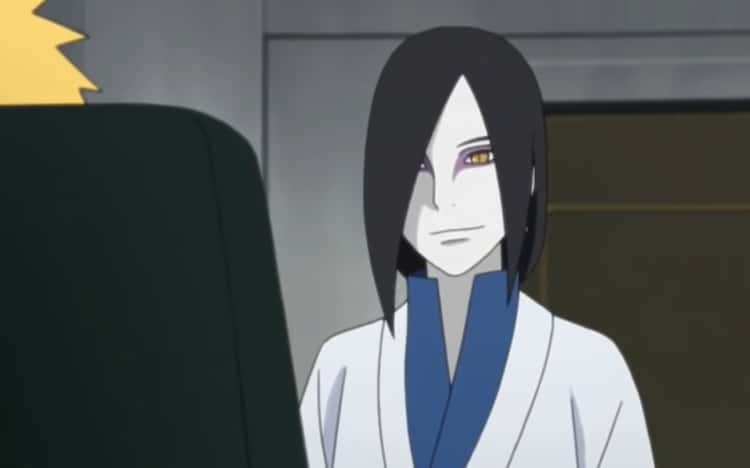
Orochimaru is one of the most viciously evil villains in the world of Naruto. He ruthlessly annihilated thousands of children through human experimentation, all because he wanted to figure out a way to live forever so that he could personally learn every jutsu. He spends most of the rest of the series manipulating others into starting wars for his own gain, trying to persuade a traumatized child to let him take over his body, and shows almost no remorse for any of it.
As a villain, he’s bizarrely fascinating, but his new iteration in Boruto is not. He’s no longer a villain – instead, he’s quietly performing dubious but not-as-horrific experiments on the outskirts of town. For some reason, a few of his former victims like Karin and Suigetsu, are assisting him – that’s gross.
Worse still, the village begrudgingly accepts him. When he asks to go to Ninja Academy’s parent-teacher conferences to talk about his son, he’s allowed to despite his history of kidnapping and destroying children. He gets permission in front of Yamato, a man whose most formative childhood experience involves being left under a pile of bodies after an Orochimaru experiment gone wrong.
Basically, a decidedly less interesting version of Orochimaru gets an unearned redemption because he’s “nice” now. A good villain was wasted, and his victims were insulted.
2. Side Characters Don’t Get Their Proper Due
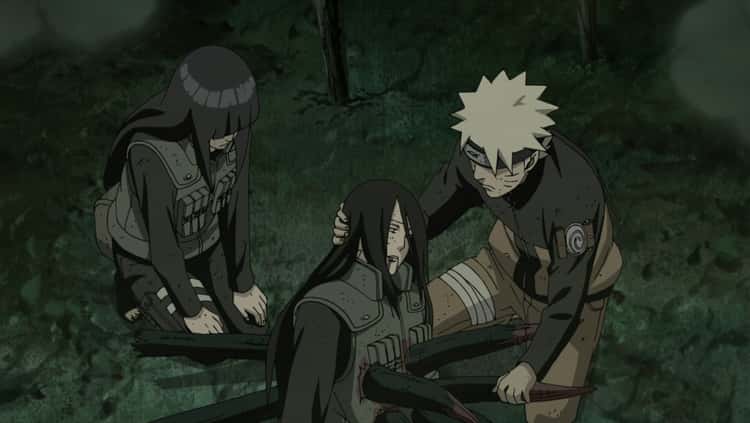
If you ask your average Naruto fan who their favorite character is, chances are pretty high that they won’t say Naruto. It’s not a bad thing for people to like the side characters or even prefer them to the protagonist – in a show with a large cast, it’s natural that some people will feel that way, especially if the side characters as great as the ones in Naruto.
But it is a bad thing if those great side characters don’t get meaningful arcs and are sidelined at random, eliminated, or given thoughtless storylines that make it clear that the writer wasn’t sure what to do with them. For example, Rock Lee is a fan favorite, and his arc brings up fascinating questions about how the world of Naruto views people who can’t successfully use chakra. But while he gets a few cool moments, his character isn’t really capitalized on. There’s also Neji Hyuuga, who had a fascinating conflict with the main branch of his family, but ended up passing away to protect his cousin – exactly like his father did. This symmetry seems less like a conclusion based on character development, and more of a quick route to drama.
Other side characters get so little development that it’s hard to understand why they’re even there in the first place. If Ten Ten is in the core group of ninja, why doesn’t she even get so much as a last name?
3. The Female Characters Could Be Handled Better
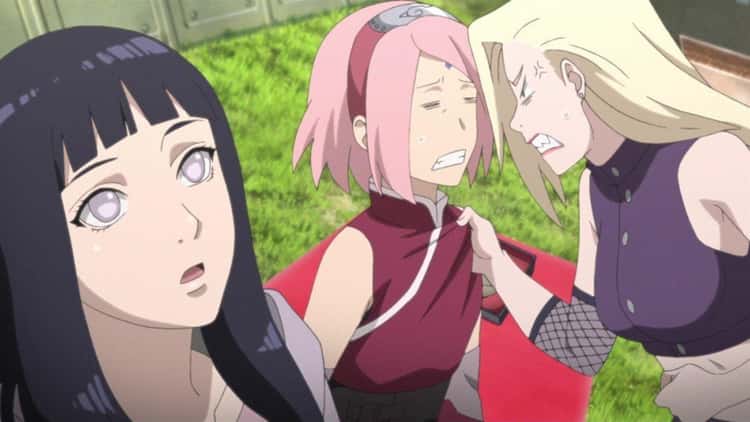
Naruto has some seriously amazing female characters. There’s literally nobody on the known universe more powerful than Kaguya Ootsutsuki, and both Kushina Uzumaki and Tsunade could destroy anybody who looked at them sideways. That said, the existence of a few strong female characters doesn’t mean that those characters are handled well.
Let’s take a look at Sakura Haruno, one of the three members of Naruto’s genin team. Sakura is strong and smart: she can basically cause an earthquake with her fists, and she learned medical ninjutsu in a matter of months. But she’s also the only member of her genin team not to have godly levels of power – she’s written as inherently inferior to Naruto and Sasuke. What’s more, her character arc revolves around both her love for Sasuke and her desire to prove herself to be a fighter on par with her teammates. She never gets to do the latter.
Sakura isn’t the only female character in this position. Nearly all the female characters are underdeveloped and not as powerful as their male counterparts. Rin is weaker than Kakashi and Obito, and we know less about her. Tenten is weaker than Neji and Lee, and we know less about her – the list goes on. Even the strongest female characters have backstories involving male characters saving them.
It’s also incredibly common for female ninja to give up their careers to become wives and mothers, even if they made it to jounin level and were clearly skilled.
Naruto is far from the only shonen anime to have this problem – it’s a genre-wide issue. This is a huge problem, both because 50% of shonen manga readers are female and need to see themselves represented better, and because male fans also need to see girls presented in a more empowering light.
4. Naruto’s Childhood Makes No Sense
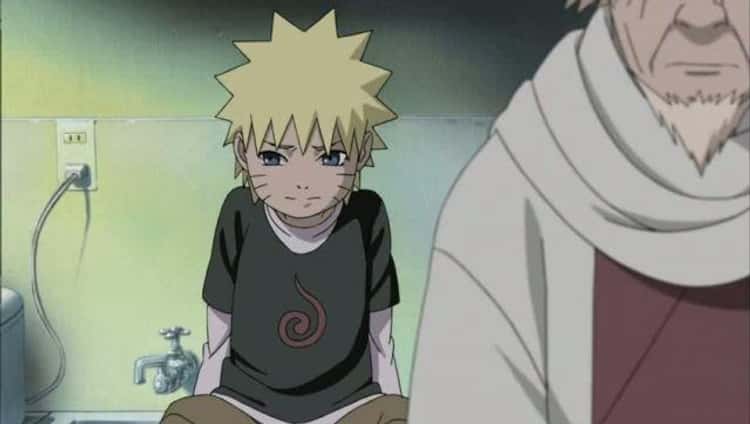
Naruto Uzumaki’s backstory is one of the more vexing things about the series. Why? Because it doesn’t make any sense.
Naruto is the son of the hokage, one of the most powerful and respected ninja in the entire world. Not only that, but he’s also the son of Kushina Uzumaki, a member of a powerful clan. His parents sacrificed their lives in order to save Konoha, and sealed the Nine Tails into Naruto’s body in the process.
The village reacted by fearing and shunning Naruto, because they believed him to be the embodiment of the monster that had just attacked their village. Fair enough, but why didn’t the current hokage try to sway public opinion?
More importantly, why did Naruto grow up almost totally unsupervised and alone? He grows up in an apartment by himself, with occasional check-ins from ANBU and the third hokage. He’s given no help or instruction in managing the immense power that’s stored inside of his body, and his basic needs are rarely met. This combined with being ostracized could have easily led to either Naruto choosing to leave the village to find a place that would treat him better, or totally losing control of the dangerous Nine Tails and unintentionally destroying the village.
Even if no one was interested in making sure he was treated as the child of heroes with a storied lineage, you’d think they’d be interested in avoiding another disaster. Apparently not.
5. The Pacing Was Poor
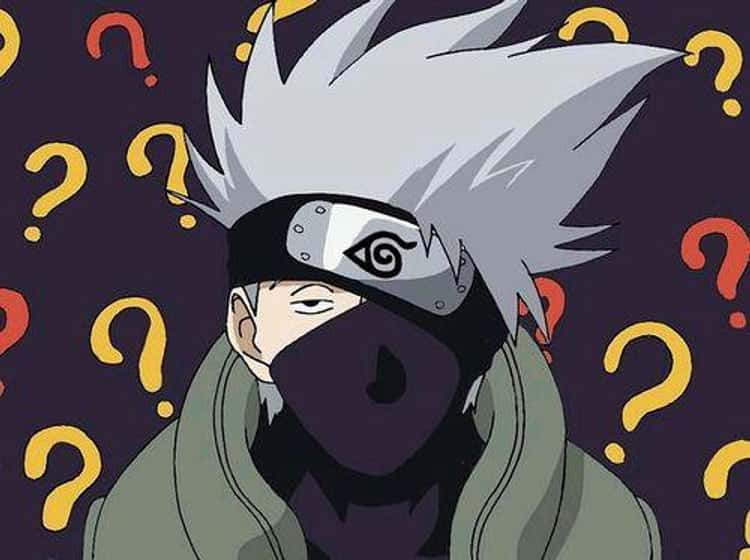
One of the biggest problems with Naruto is its pacing. This isn’t about the filler arcs. While they certainly did contribute to the poor pacing, they could be skipped by viewers who weren’t vibing with them. No, the real problem is the pacing within the actual canon material.
It’s common for fights to be interrupted by flashbacks. This is fine when it’s new material that’s related to the conflict at hand. It’s not fine when it’s the same information that we already flashed back to 18 times. or when it’s about well-known information that viewers can probably be trusted to remember on their own. When this happens, it feels like it’s either mini slices of filler, or like the creators don’t think viewers are smart enough to remember what’s going on.
Also, there’s a lot of unnecessary pauses between pieces of dialog, and long stretches of time where pretty much nothing happens.
The whole series isn’t poorly paced – there are arcs that do it perfectly – but it’s hard to sit through episodes where the story fails to move forward.
6. The End Game Pairings Have Some Problems
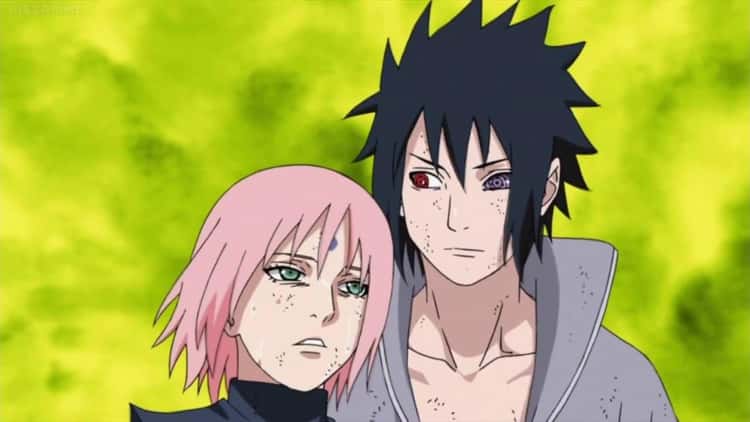
Ship wars are an inevitable part of the fandom experience. For every person who loves the end-game ships, there will be people who hate them. That said, here are some problems that people commonly cite when talking about the couples who appear at the end of the series.
Sakura and Sasuke’s relationship is widely disliked – mostly because it’s totally unhealthy from start to finish. Their early relationship is characterized by a total lack of respect for one another, and in the Boruto time line Sasuke’s gone for years on end. But their relationship isn’t the only problem – a lot of people can’t understand why Choji and Karui got together, and don’t find their interactions to be particularly charming. A lot of people think that Naruto and Hinata’s relationship wasn’t well-developed either: after all, he barely notices her until the series is already over, and then he neglects her for his job.
While those are the couples who are frequently cited as bad ones, if you look around the fandom, you’ll find multiple people who dislike just about every endgame ship there is – although most people do seem to like Shikamaru and Temari together.
What should the series have done instead? Exactly the same canon ships that the creators wanted, but with enough meaningful character development that viewers can understand why they ended up together. The problem isn’t necessarily the ships themselves, but how they’re executed.
Also, they could maybe add one or two queer relationships, because it’s just not realistic for everyone to be straight. Can we get Izumo and Kotetsu‘s obvious love for one another confirmed already?
7. ‘Talk No Jutsu’ Solves Too Many Problems
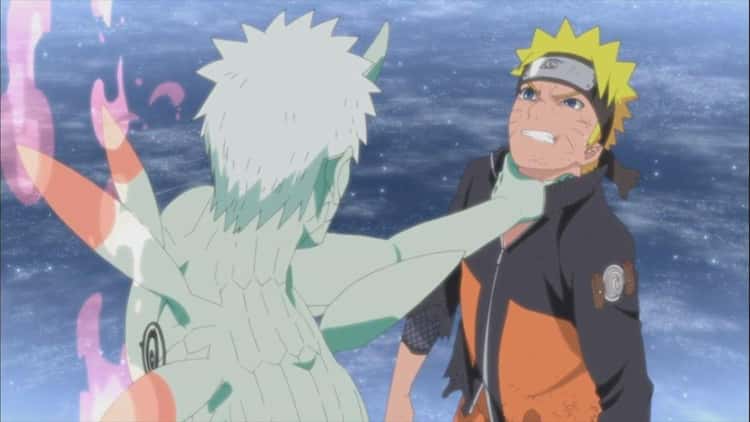
Naruto is known for his ability to redeem even the most hardened villains through a heart-to-heart conversation that fans lovingly or not-so-lovingly refer to as ‘Talk No Jutsu.’ While these moments are often heartwarming, they can strain credibility.
Characters who spend decades developing their world view, then conceiving of and executing a villainous plan, are not likely to be persuaded to change their ways by a single conversation. Pain attacked Konoha because he genuinely believed that it would achieve lasting piece – he lived in a country that had been repeatedly destroyed by nations like Konoha because it happened to be in the way of their enemies, and he wanted to show Konoha what it was like so that they’d stop doing it. One talk with Naruto isn’t likely to undo those views. Obito Uchiha suffered multiple traumatic events, which were leveraged against him by Madara as brainwashing tools. Talking to Naruto isn’t likely to erase years of careful convincing.
It’s not that Naruto’s conversations with these people were the only reasons they were redeemed in the end, and there are reasons why all of the characters Naruto uses this method on could have worked out the way that it did. Still, the fact that it happens over and over again is hard to believe.
8. The End Is Convoluted
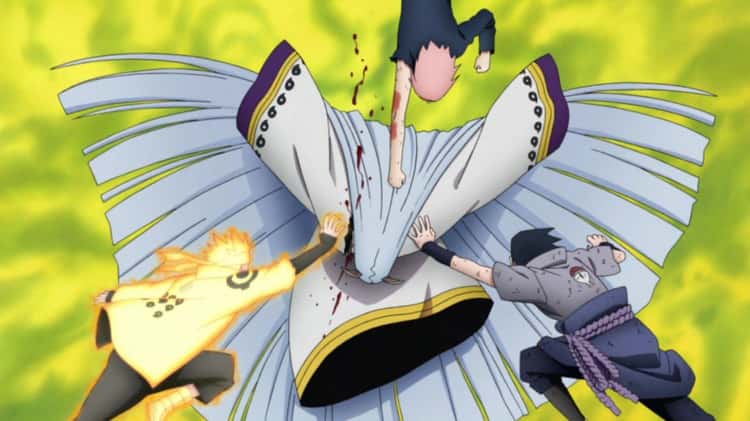
The end of Shippudden was complicated, but not in a way that was nuanced or enjoyable. Instead, what seems to be a comprehensible plot devolves into a confusing cavalcade of information about a chakra-creating alien who wants to steal all the chakra that exists in humanity, for reasons. There’s also a complicated story about Naruto and Sasuke being reincarnations of two fighting brothers who were perpetuating the same cosmic cycle for eternity. Most of this stuff wasn’t foreshadowed or hinted at before the end, and the full story wasn’t even revealed in the series itself: some of it was confined to post-series movies, light novels, and other material.
It’s not bad for an ending to be complicated, but Naruto introduced far too many plot points in a small space and failed to prepare the audience for any of it. Most of it changed too much about what we already knew about the world, without leaving time to explore how the world would be affected by this new information.
It all felt rushed, and it was. Kishimoto was forced to rush the ending of the series because of the needs of his publisher. He was also severely burnt out from working an intense schedule for over 15 years. Considering all that, he did a pretty good job – but it’s not the ending that fans were hoping for.
9. Naruto’s Obsession With Sasuke Took Up Too Much Space
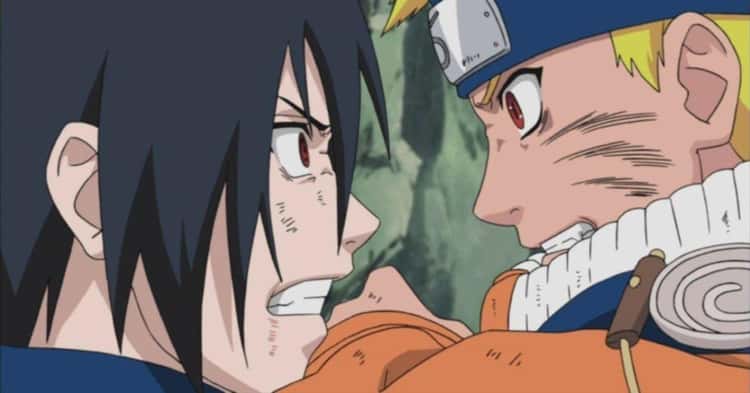
One problem that people commonly express with Naruto is how obsessed with Sasuke Naruto is. People bring up a lot of reasons for it. Some say that it gets in the way of Naruto actually developing as a person because all of his energy is being expended on somebody else. Some say that he’s wasting all of his energy on someone who is consistently villainous and cruel throughout most of the series. Some say that Naruto never actually thinks about what’s motivating Sasuke’s actions, and tries to force his will on him because of his own selfish feelings. And finally, for a lot of fans, their connection feels like a romantic one. If they weren’t both male, they would have inevitably ended up together. Seeing all that passion get turned into a convoluted destiny story, feels like queer-baiting.
While fans differ about why they have an issue with Naruto expending so much energy on Sasuke, it’s something that bugs a lot of people.
